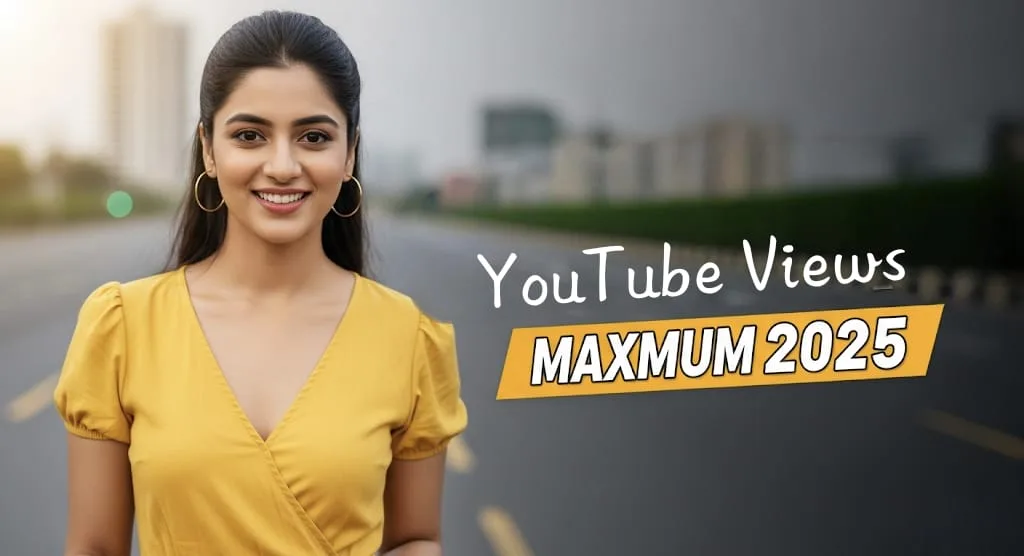As we navigate through 2025, the digital landscape continues its relentless evolution, driven primarily by advancements in wireless technology. While 5G has firmly established itself as the current backbone of high-speed mobile connectivity, whispers of its successor, 6G, are growing louder. This article delves into the present state of 5G, the nascent expectations for 6G, and what the future holds for connectivity, highlighting how both technologies are shaping our world.
5G in 2025: State of Play 📶
By mid-2025, 5G is no longer a futuristic promise but a tangible reality for billions worldwide. With subscriptions projected to top 2.9 billion globally by year-end, 5G networks are handling a significant portion of global mobile traffic. The global rollout continues at an impressive pace, though with varying degrees of maturity across regions. Countries like South Korea, Malaysia, and Sweden are leading the charge, boasting some of the fastest average 5G speeds.
- Speed and Performance: While theoretical peaks of 20 Gbps are often cited, real-world 5G speeds in 2025 typically range from hundreds of Mbps to several Gbps, depending on the network infrastructure and spectrum availability. The deployment of 5G Standalone (5G SA) networks, which utilize a dedicated 5G core, is expanding, offering lower latency and enhanced capabilities compared to Non-Standalone (NSA) deployments that still rely on a 4G core.
- Coverage Expansion: 5G coverage is significantly expanding, moving beyond urban centers to more suburban and even some rural areas, particularly with the growth of Fixed Wireless Access (FWA). This expansion is crucial for bridging the digital divide and providing high-speed internet to underserved populations.
- Key Applications: In 2025, 5G is powering transformative applications across various sectors. From enhanced mobile financial tools and telehealth platforms to e-learning ecosystems, its low latency and high bandwidth are enabling scenarios like real-time VR gaming, industrial automation, and private 5G networks for enterprises. The advent of 5G Advanced (Release 18), also known as 5.5G, is further enhancing capabilities with AI-powered network management and improved precision.
The Dawn of 6G: What to Expect 🚀
While 5G is still maturing, 6G is already a significant focus of research and development, with commercial deployment anticipated by the early 2030s. In 2025, we are witnessing the initial stages of defining what this next-generation technology will entail, moving beyond mere speed enhancements. The vision for 6G is to fuse the digital, physical, and human worlds, enabling extrasensory experiences and a truly intelligent network.
- Theoretical Speeds and Latency: 6G is envisioned to deliver unprecedented data speeds, potentially reaching 1 Tbps (Terabit per second), a staggering 50 times faster than 5G’s theoretical peak. Its latency is expected to drop to sub-0.1 milliseconds, approaching near-instantaneous communication.
- Envisioned Coverage: 6G networks aim for pervasive connectivity, potentially integrating non-terrestrial networks (NTN) like satellites to ensure seamless coverage even in the most remote locations. The goal is to achieve ubiquitous connectivity that transcends geographical limitations.
- Transformative Technologies: The leap from 5G to 6G is not just about raw numbers. 6G is poised to natively integrate advanced technologies. This includes widespread AI and Machine Learning (ML) integration for network optimization and intelligent services, the realization of holographic communication, massive digital twins, and a deeper convergence of the physical and digital realms. Integrated Sensing and Communication (ISAC) will allow networks to not just transmit data but also sense their environment.
Speed: A Race to the Future ⚡
The quest for higher speed has always been a primary driver in cellular technology evolution. While 5G brought gigabit-level speeds to mobile devices, enabling faster downloads, smoother streaming, and responsive cloud gaming, 6G promises to elevate this to an entirely new dimension. The projected terabit-per-second speeds of 6G will unlock applications that are currently unimaginable or impractical.
This drastic increase in speed is not merely for consumer entertainment; it’s critical for advanced industrial applications, real-time control of autonomous systems, and highly immersive extended reality (XR) experiences. The difference in latency is equally profound: 5G’s millisecond latency is sufficient for many current applications, but 6G’s microsecond latency will be vital for applications demanding instantaneous feedback, such as remote surgery and advanced robotics.
Coverage: Bridging the Digital Divide 🌐
Achieving comprehensive coverage remains a significant challenge for 5G, particularly in sparsely populated areas. While urban centers often enjoy robust 5G networks, the cost and complexity of deploying infrastructure across vast geographical expanses are considerable. Fixed Wireless Access (FWA) is playing a crucial role in extending 5G’s reach, offering a viable alternative to traditional broadband.
6G aims to overcome these limitations by leveraging new spectrum bands, including Terahertz (THz) frequencies, and innovative network architectures. The integration of satellite communication and high-altitude platform stations (HAPS) will contribute to a truly global and seamless connectivity fabric, reducing digital inequalities and empowering communities worldwide with high-speed internet access.
Beyond Speed and Coverage: What’s Next? 🔮
The evolution from 5G to 6G represents a fundamental shift from merely connecting people to connecting intelligence. Beyond raw speed and extensive coverage, 6G will usher in an era where networks are not just conduits for data but are themselves intelligent, proactive entities.
- Ubiquitous AI: AI will be natively embedded throughout the 6G network, from the core to the edge, enabling self-optimizing networks, predictive maintenance, and highly personalized services.
- Immersive Experiences: The ultra-low latency and massive bandwidth of 6G will pave the way for true holographic communication, hyper-realistic Virtual Reality (VR) and Augmented Reality (AR) experiences, and multi-sensory XR environments, blurring the lines between the physical and digital worlds.
- Pervasive IoT and Smart Environments: 6G will facilitate the growth of the Internet of Everything (IoE), connecting billions of devices, sensors, and systems in smart cities, intelligent transportation systems, and automated industries. Networks will be able to sense their environment, collect vast amounts of data, and make real-time intelligent decisions.
- Sustainability and Energy Efficiency: A key design consideration for 6G is energy efficiency. Next-generation networks aim to significantly reduce power consumption while delivering enhanced performance, aligning with global sustainability goals.
The journey from 5G to 6G is not just about technological upgrades; it’s about redefining human-machine interaction, fostering unprecedented levels of automation, and creating a truly intelligent and interconnected world.
Conclusion
In 2025, 5G is firmly entrenched as the leading wireless technology, continually expanding its coverage and delivering high speeds that are transforming industries and daily lives. However, the horizon is already bright with the promise of 6G, a technology that aims to transcend mere connectivity. With projected terabit speeds, near-zero latency, and native AI integration, 6G will unlock a new paradigm of immersive experiences, ubiquitous intelligence, and a truly interconnected planet. While significant research and development lie ahead, the groundwork being laid in 2025 points to a future where wireless communication is not just faster and more widespread, but fundamentally smarter and more integrated into the fabric of our existence.
FAQs
1. Is 6G already available in 2025?
No, in 2025, 6G is still in the research and development phase. While discussions and initial conceptualizations are ongoing, the first commercial deployments are not expected until the early 2030s.
2. How much faster will 6G be compared to 5G?
6G is anticipated to offer significantly higher speeds than 5G. While 5G can theoretically reach up to 20 Gbps, 6G is projected to achieve speeds of up to 1 Tbps (Terabit per second), which is 50 times faster than 5G’s theoretical peak. It will also have dramatically lower latency, potentially below 0.1 milliseconds.
3. What are the main new applications 6G will enable that 5G cannot?
While 5G supports many advanced applications, 6G‘s extreme speeds, ultra-low latency, and native AI integration will enable truly transformative applications. These include widespread holographic communication, highly realistic and multi-sensory Extended Reality (XR) experiences (VR, AR, MR), massive-scale digital twins of entire environments, and fully autonomous systems that require instantaneous, AI-driven decision-making, such as advanced robotics and intelligent transportation networks.














